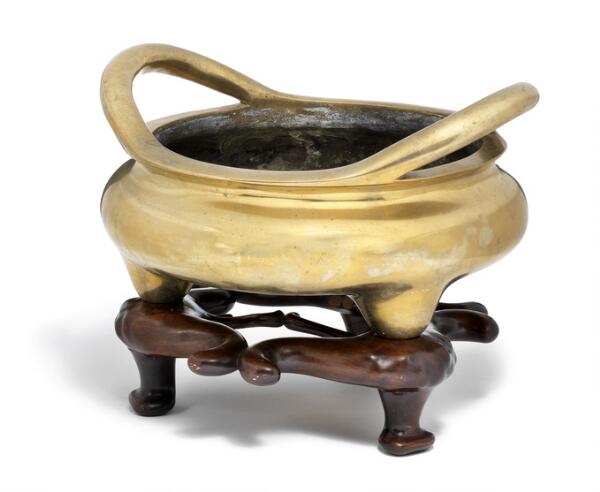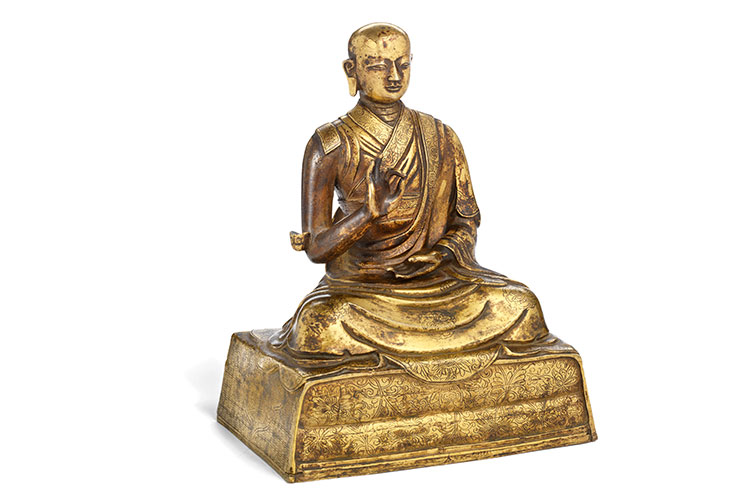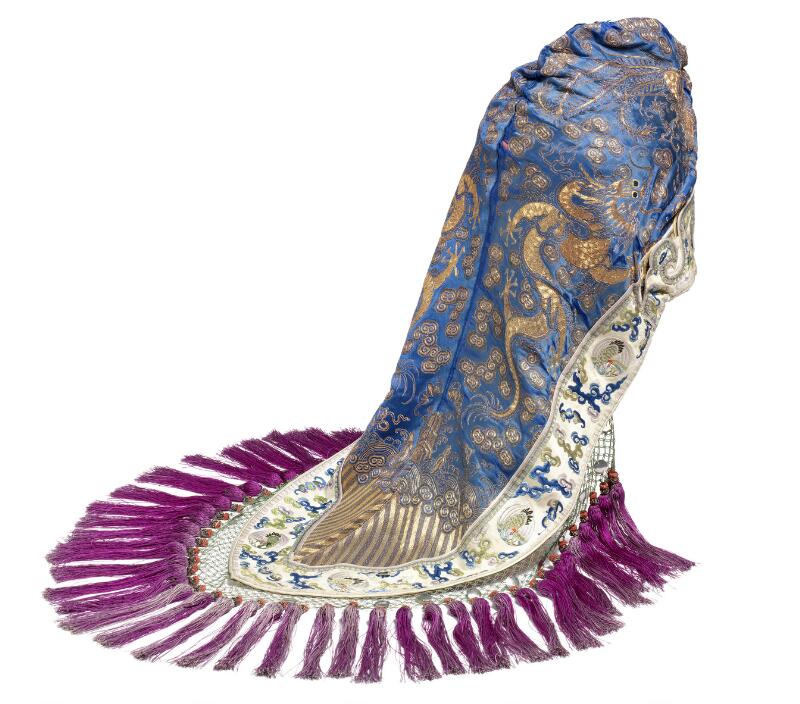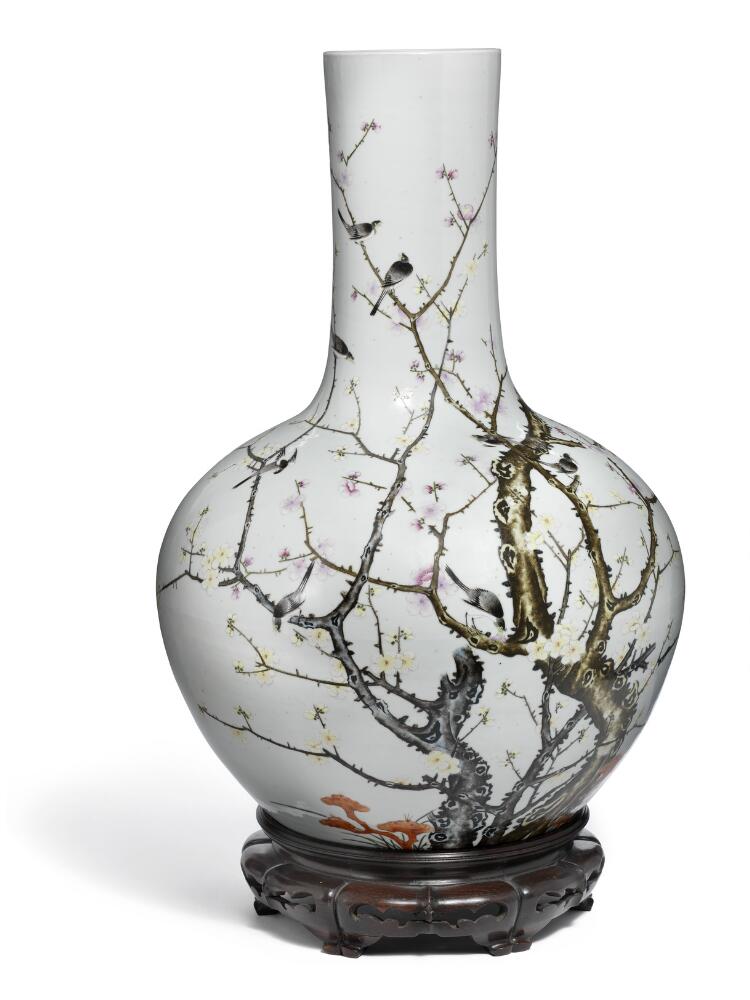Asian Art from Scandinavian Collections
At the final Live Auction of the year, we focus on Asian art objects collected by Scandinavians while they were posted in the Far East during the 19th-20th century.
Over time, a significant number of Scandinavians have been posted to China and other Asian countries. Large companies such as the East Asiatic Company and the Great Northern Telegraph Company recruited their employees from outside of Asia. The Scandinavians often stayed for many years, which brought them in close contact with the Asian culture and allowed them to establish unique private art collections. When they returned to their home countries, they brought these collections with them, and this is the reason why we have so many fine Asian art objects in Scandinavia today. Twice a year, we focus on art and antiques from this part of the world at our Live Auctions in Copenhagen.
An Adventurous Norwegian
“I collected a great deal of Chinese art and was planning to give my collection to a museum (…) But many things got in the way of this plan, including the disappearance of a container carrying a large part of my belongings from China to here (…)”
The above quote tells part of the story about the Norwegian Erik Tollefsen (1872-1938), who ended up becoming the Director General of the Chinese postal service. At this auction, we focus on Asian decorative art from several prominent collections established by Scandinavians stationed in Asia. One of the art collections originates from the adventurous Tollefsen, who, as a young man, signed on as a crew member aboard a ship bound for many foreign parts of the world, including South America and Asia. At the age of 22, he arrived in China, where he settled down and began working for the country’s customs authorities. A few years later, he was in charge of modernizing the Chinese postal service and became the leader of 50,000 letter carriers. He went by the more Chinese-sounding name To Lo-sen, and as the first European ever, he received the honourable order of "Mandarin of the third-highest rank".
Tollefsen’s stay in China lasted almost 40 years, from 1894 to 1932. It was one of the most turbulent periods in China's history and included the anti-foreign Boxer Rebellion and various military confrontations with Japan. The fact that Tollefsen did not come from a colonial power was probably the reason why he was able to establish a career for himself in China and become part of the country's elite. Tollefsen learned Mandarin and gained a great deal of insight into the country's cultural history. He was constantly expanding his Chinese art collection with the intention of eventually donating it to a European museum, but much of the collection appears to have been lost during the shipment from China to Europe. Therefore, it is even more fortunate that we have the opportunity to present both fine Buddhist figures, incense burners and an elaborately made Mandarin silk hat from Tollefsen’s art collection.
A Lama and an Incense Burner from a Danish CollectionAnother passionate collector was the Dane Carl Alfred Jensen (1886–1953). He was an engineer in the Great Northern Telegraph Company and was posted in various places in China between 1911–1927. We can present three pieces from his collection – first and foremost a gilt bronze figure from the 1600-1700s. The figure depicts the spiritual teacher and highest authority of the Tibetan monk's hierarchy, the Lama, here seen in the Dhyanasana meditation position. The collection also includes a large 19th-century patinated bronze Chinese incense burner and the most beautiful turquoise green porcelain jar decorated with white flowers and made for the Empress Dowager Cixi. |
|
|
From China to NepalBeautiful craftsmanship is also found in the form of a large, globe-shaped porcelain vase that was made in China around 1900. The vase’s airy cherry blossoms create a fine contrast to the dark branches and birds. The provenance of the vase also includes one of the many Scandinavians posted in Asia: the Dane Carl Emil Munk Andersen (1919-70). He worked as a captain in the East Asiatic Company and acquired the vase in China in 1939. We also make our way past Nepal with a gouache portrait of General Ranabir Singh Thapa, a prominent politician in the country and a distinguished member of the Thapa dynasty. The portrait was painted around 1830, and due to striking similarities with other works and Ranabir Singh Thapa's status, the work is attributed to the leading Nepalese painter Raj Man Singh Chitrakar. |
|
|

Read more
For further information, please contact:
Ralph Lexner: +45 8818 1161 · rl@bruun-rasmussen.dk
Charlotte Hviid: +45 8818 1162 · chv@bruun-rasmussen.dk
Alexandra Nilsson: +45 8818 1166 · ani@bruun-rasmussen.dk
Torben Friis Møller: +45 8818 1167 · t.f.moller@bruun-rasmussen.dk
Vilhelm Islandi Bramsen: +45 8818 1239 · vib@bruun-rasmussen.dk
Li Guan · asian@bruun-rasmussen.dk


